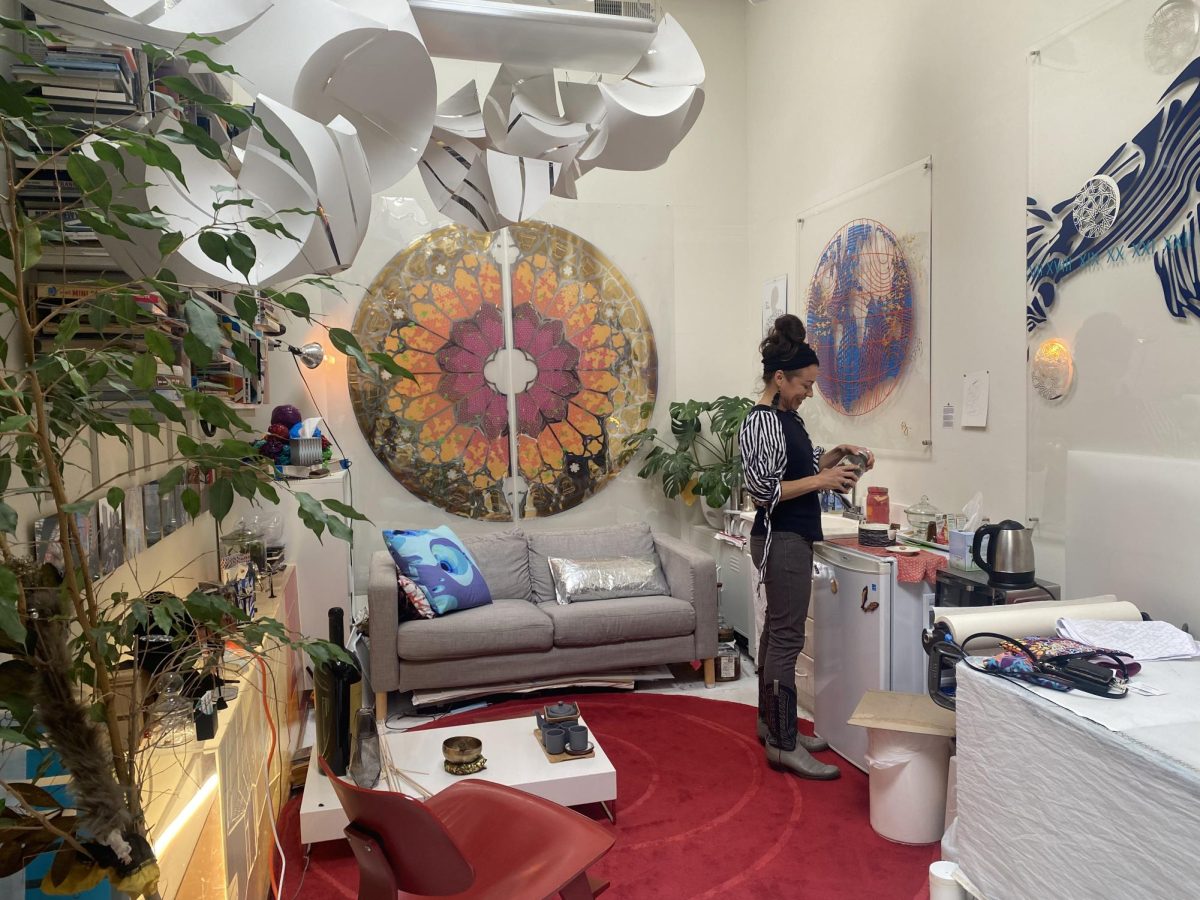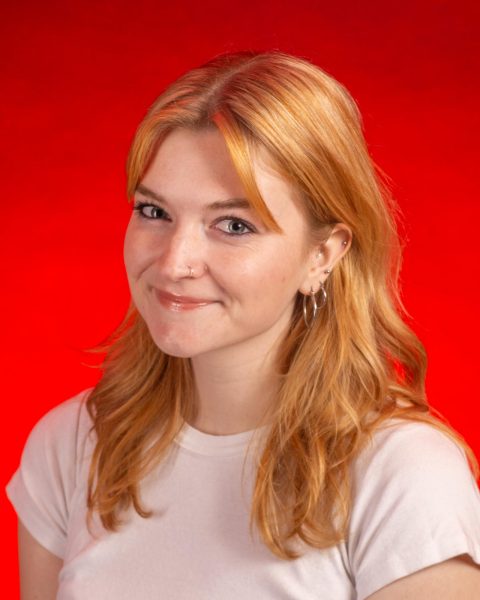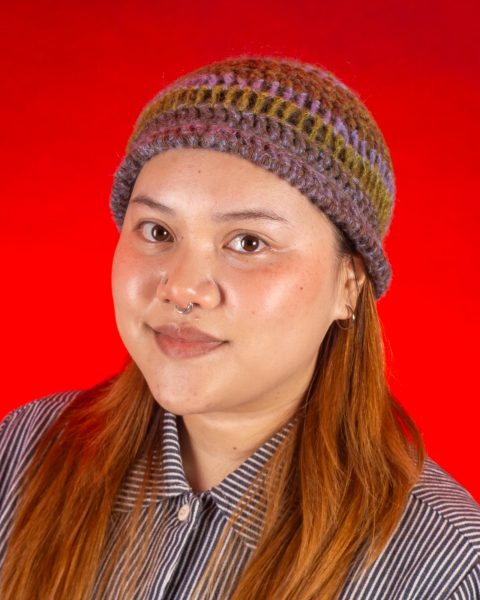In the crowded, fast-paced walkways of SF State, Cordy Walker, a first-year cinema major, feels like his world is moving at a different pace than everyone else’s. Classmates around him easily understand class lessons and assignments, while he feels he has more homework than anyone else in the class. As classrooms buzz with activity, his mind jumps from one distraction to the next and he struggles to get back on task.
As the deadline for a procrastinated assignment gets closer, the clock begins to tick faster and louder. For someone with Attention Deficit/Hyperactivity Disorder, staying focused, organized and on task feels like a constant internal battle. Daydreaming out the window, Walker forgets about his long list of tasks. Knowing that there are things that need to get done, guilt and regret come rushing in, but Walker just can’t focus—and neither can 8.7 million other adults around the world.
ADHD is one of the most common learning disabilities in the U.S. At SF State, about a third of students registered with the Disability Programs and Resource Center have ADHD, according to Roberto Santiago, the DPRC associate director. It affects people in different ways, and the diagnosing process also can vary depending on several factors and the student. ADHD can be particularly disruptive for students and has also been correlated with lower graduation rates and grades according to the National Library of Medicine.
Walker excelled in the classroom throughout elementary school, but the academic pace and workload became increasingly overwhelming when transitioning into middle school. Throughout high school, Walker continued to show symptoms of ADHD and, with the help of his teachers, he was able to take the first steps in the diagnosis process.
“I got diagnosed in freshman year of high school, and I remember we had meetings with all my teachers because I was not doing well in school,” said Walker.
Diagnosis
Unlike other disorders, there is no medical, physical or genetic test for ADHD. The process of being diagnosed also differs depending on the person and depending on the doctor. The most common route to diagnosis is through a diagnostic evaluation that can be administered by a mental health professional or physician. They also gather information from those close to the patient about their behaviors and tendencies.
The behavior and symptoms of the patient can change day to day, week to week or month to month, leading to the possibility of inconsistencies in the responses from the diagnostic questionnaire, according to Mary Requa, Mild Moderate Support Needs program coordinator at SF State.
“The assessment process for ADHD Is rather subjective, and there is no brain scan—no medical test that you can conduct to determine definitively,” said Requa.
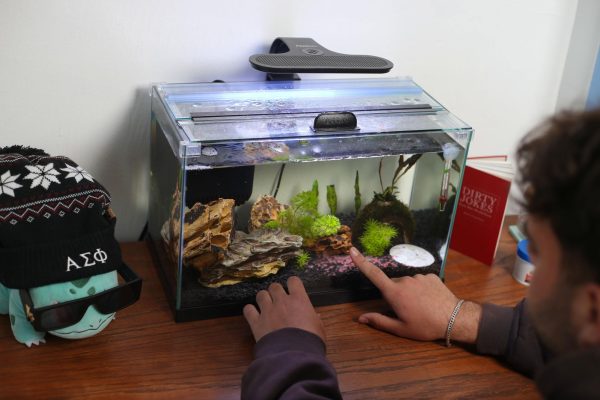
There are two different kinds of ADHD: hyperactive and inattentive. Some symptoms of hyperactive ADHD are seen through constant fidgeting, disruptive behavior, talkativeness, impulsiveness, etc; while inattentive ADHD consists of forgetfulness, disorganization, making careless mistakes and constantly changing tasks. Both forms of ADHD present themselves differently, though they do share similar traits: poor time management, random and evolving hyperfixations, boredom and trouble focusing.
According to Requa, men are more likely to show symptoms of hyperactive ADHD, which is the easier of the two to detect, while women are more likely to present symptoms of inattentive ADHD.
“Women, typically in elementary years, are identified as the inattentive type,” said Requa. “The inattentive type is the quiet, well-mannered, gets her work done and, to a certain extent, doesn’t cause any trouble. There’s no attention being brought to those women or those young girls, so they are not identified with ADHD until very much later on. In fact, the teachers would say, ‘Oh, she’s so well behaved and she’s never a problem.’ ”
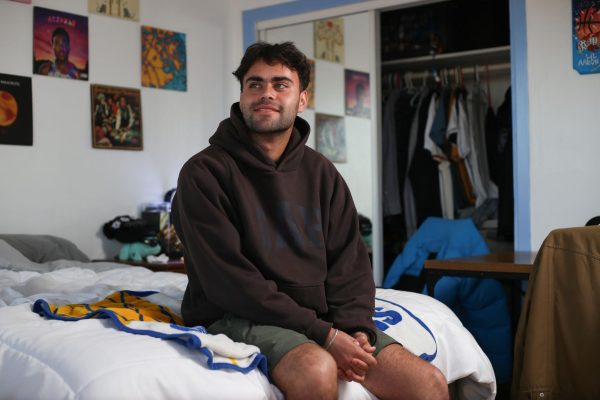
ADHD is often paired with other disabilities. According to the CDC, about half of children diagnosed with ADHD have a behavioral problem and about three in 10 children with ADHD also have anxiety.
Brendan Shrieve, a fourth-year business administration major at SF State, was diagnosed with ADHD in high school. He showed symptoms of both ADHD and depression.
“Sometimes I would be the one cracking jokes; other times I just have my hoodie on, headphones, and just [try not] to talk to anyone or do anything,” said Shrieve. “It definitely got a lot harder to get schoolwork done and focus.”
Taking on ADHD and depression was a battle for Shrieve, but he ended up figuring out different methods to succeed. Taking notes and writing everything down calmed his mind from jumping back and forth.
Medication
Since the COVID-19 pandemic and the use of online medical services like Telehealth, there has been an increase in ADHD diagnoses in the U.S. Doctors relaxed the rules and requirements around prescribing ADHD medications, making it hard for pharmacies to keep up with the new demand, according to Kyle Davis, a pharmacist who graduated from UCSF in 2006.
The increase of prescriptions has led to an ongoing and indefinite medication shortage. It has affected almost all patients and pharmacies nationwide.
“The reason behind it is because of the [Drug Enforcement Agency] and the limits that they are putting on manufacturers to be able to produce drugs that have these ingredients in them,” said Davis. “What that’s done is created a huge bottleneck in being able to produce the drugs themselves. Everybody basically is ordering a lot more of those drugs—all the pharmacies—and that’s causing allocations and backorders.”
Davis said that he only gets shipments of 20 milligrams of Adderall—the most common prescription for ADHD—every three to four weeks. When a patient can’t get their medication, they often have to search for other ways to tackle their symptoms.
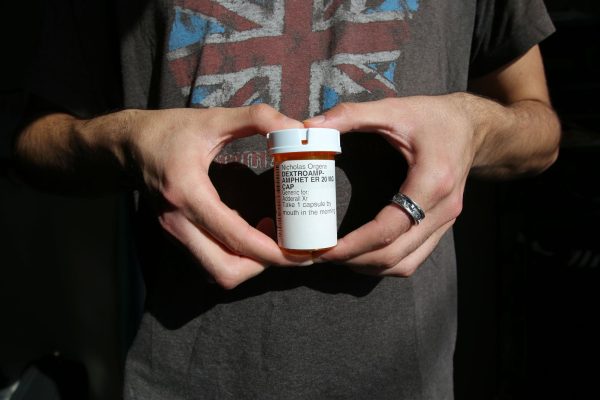
“When I turned 18, my prescription disappeared and I have been trying for months […] to get it re-prescribed,” said Walker. “When there was a Concerta shortage, they switched me to Focalin. But, every time I would try to call Kaiser, there would be a million transfers and then [I] end up at the wrong place and then just have to start all over.”
The ability to use Telehealth and video appointments to be diagnosed and prescribed medications is going to expire in 2025. Patients will have to return to in-person doctor appointments.
Accommodations
Juggling the academic workload and responsibilities outside of the classroom is often a difficult task for someone who has ADHD. It’s easy for someone with ADHD to lose focus on school and get caught up in current hyperfixations.
“I feel like the most difficult part about school was outside the classroom, doing work because I have terrible executive dysfunction issues,” said Walker. “So I feel like in the classroom, I’d miss things a lot of the time probably.”
The DPRC can provide specialized accommodation plans through self-reporting to help and best support the student. The center offers a variety of accommodations for students with ADHD such as a quiet testing area, time-and-a-half if needed and a variety of notetaking devices that will help the student remember what was taught in class. There are 861 students registered with ADHD at the SF State DPRC.
“So, trying to isolate what the accommodations are can be a tricky thing, because students have multiple eligibility,” said Santiago. “What’s more common is students come in and they don’t have documentation with them, and we say ‘Okay, here’s what we’re gonna need from your provider.’ ”
Nicholas Orgera, a third-year urban studies and planning major at SF State, was diagnosed with ADHD in fourth grade. During his freshman year of college, he registered with the DPRC, however, Orgera ultimately decided not to re-register during his sophomore year. Although the accommodations were specifically to help with his ADHD, he didn’t find himself needing them.

“I didn’t reach out to my teacher specifically for any accommodations,” said Orgera. “I think [accommodations] were [helpful when] I used them, but I just didn’t end up needing to use them that much.”
Although ADHD presents challenges for students, it’s important to recognize that it is not a limitation. The increasing awareness, understanding and support of people with ADHD is helping to foster a more positive environment where they can thrive without feelings of judgment or self-doubt. Finding a community of people who share similar experiences as someone with ADHD allows someone to feel less alone.
“The community that you’re able to find with people with similar experiences and just [the] understanding of things being difficult,” said Walker. “I feel like I’m not as judgmental because I’m like, ‘Who am I to judge?’ ”





